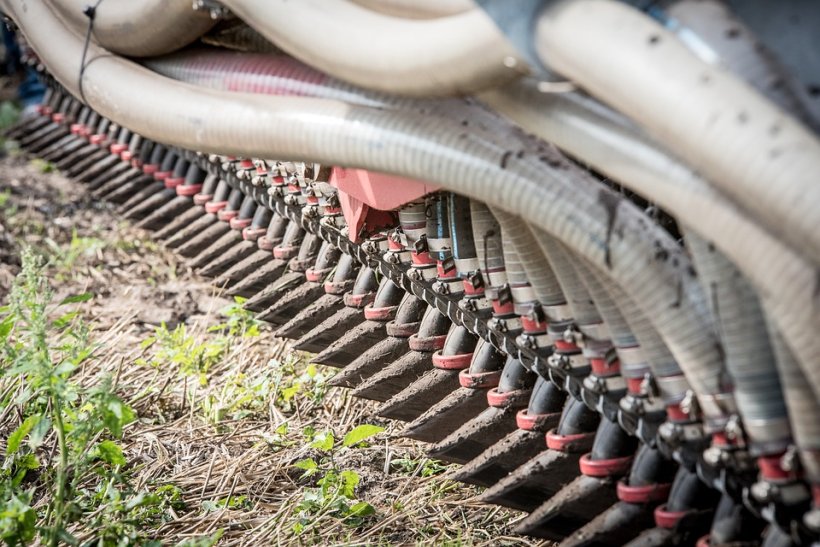In France, over 40 million m³ of slurry is produced each year from pigs, cattle and poultry, including 17 million m³ from pig farms. With over 1,700 units in operation by the end of 2023, methanization continues to develop and, as a result, the volume of digestate produced increases. Organic fertilization of soils is the last step in the recycling of slurry and digestate.
Since the composition is highly variable, the use of average reference values is not suitable for precision fertilization. Although laboratory analysis is the gold standard, it is still expensive and takes several days or even weeks to obtain the results.

Rapid analysis methodologies integrated in slurry tanks offer an interesting alternative that needs to be to explored. They use sensors based on certain physical properties of the slurry components. There are three main methods:
- sensors based on near infrared spectrometry (light signals);
- sensors based on electrical conductivity; and
- more recently, sensors based on nuclear magnetic resonance spectrometry.
A study carried out by IFIP has made it possible to compare these three methods: how they work, their advantages and their limitations..

IR-devices in a slurry tanker. Source: IFIP.
IR Method
The IR method is presented as the most accurate technique to predict the content of the main slurry components. However, the quality of the results obtained requires regular calibration of the spectral measurements. These calibrations require technically complex maintenance, which should be performed preferably by a specialized operator. The installation is quite complex and maintenance makes the system relatively expensive. A slurry tanker with intensive use in the framework of an agricultural work company (ETA) or a Cooperative for the Use of Agricultural Machinery (CUMA) will amortize its cost more efficiently.
| Advantages | Checkpoints |
|---|---|
|
|
Electrical conductivity
The measurement of electrical conductivity is well suited for soluble elements, especially ammonia nitrogen and, to a lesser extent, potassium. Thanks to the correlations between elements, the result may be of interest for total nitrogen, but it is still not accurate for phosphorus. The equipment, its installation and maintenance are simple, which implies a very reasonable cost of use.
| Advantages | Checkpoints |
|---|---|
|
|
Magnetic resonance
Nuclear magnetic resonance (NMR) predictions have advantages: accurate estimates, absence of sensitive components in contact with effluents and no calibration operations required. However, despite these benefits and probably due to its lower level of development, it has not been implemented at field level.
| Advantages | Checkpoints |
|---|---|
|
|
Conclusions
Of the three possible techniques for integrated sensors to estimate slurry and digestate composition, only near infrared (NIR) and electrical conductivity are being used in the field at the present time.
The choice between these two techniques will probably depend on the user's profile: the level of demand regarding the quality and nature of the predictions, the type of equipment already purchased, the level of use of the slurry tank, the additional services desired (mapping tools, automation of application records) and the versatility of the sensor, etc.
The use of these sensors remains limited, with probably less than 200 slurry tankers fitted with them to date, compared to a potential market of several thousand units. However, their development continues as a result of increasing economic and regulatory pressure for precision organic fertilization.
Pascal Levasseur, IFIP environmental engineer, as part of the Val'Or project: ‘Better recycling of organic fertilisers on farms, with spreading at the heart of many issues', ('Mieux valoriser les engrais organiques sur les exploitations agricoles, l’épandage au coeur de multiples enjeux') done in collaboration with FRCuma Ouest, FDCuma 53, FDCuma 44 and Aile, with the support of CASDAR of the Ministry of Agriculture.




